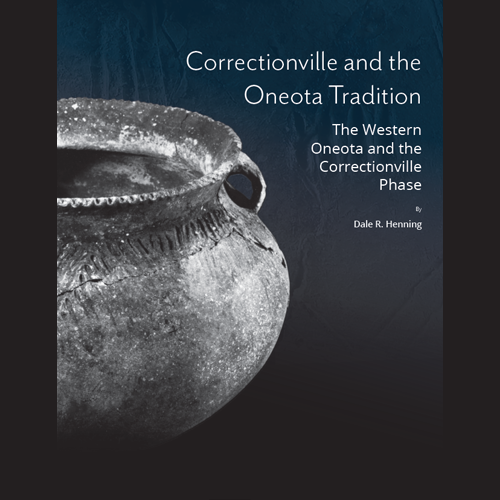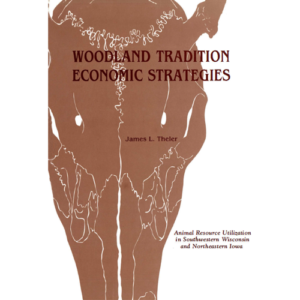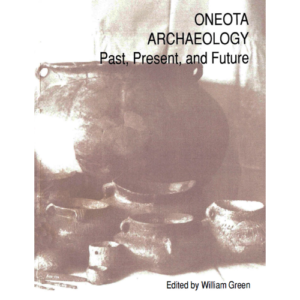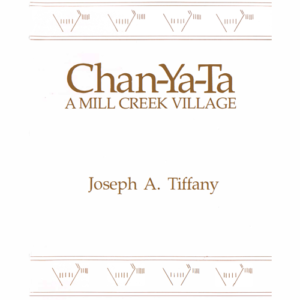by Dale R. Henning
2023, 206 pp.
The Late Prehistoric Upper Mississippian cultures existed from AD 1000 to ca. 1700 in the Upper Mississippi basin and the Great Lakes region of the Prairie Peninsula, American Midwest. The Upper Mississippian Tradition includes two related parts, the Oneota and Fort Ancient traditions. Oneota evolution in the Chicago region was influenced by the Fort Ancient tradition while the Eastern Wisconsin and Western Oneota regions share Late Woodland ancestry. The Western Oneota tradition is subdivided into regions based on geographical and cultural information. The Northwest Iowa region offers a synoptic view of Oneota cultural development, expansion, and termination in the western Prairie Peninsula. The current volume focuses primarily on current archaeological evidence and inferences about the Correctionville phase of Oneota occupation spanning AD 1250-1714 in northwest Iowa. Key among the sites of this time period is Blood Run, a large and well known archaeological site on the Big Sioux River, developed AD 1550-1714 by ancestral Omaha and Iowa tribal entities with several cognate affiliates. Evidence at three Correctionville sites, Blood Run, and one site in the Okoboji locality indicate that their locally mined and produced catlinite pipes and decorative items have been found across eastern North America.




